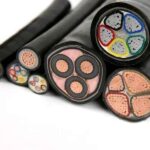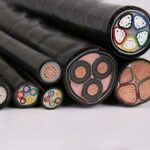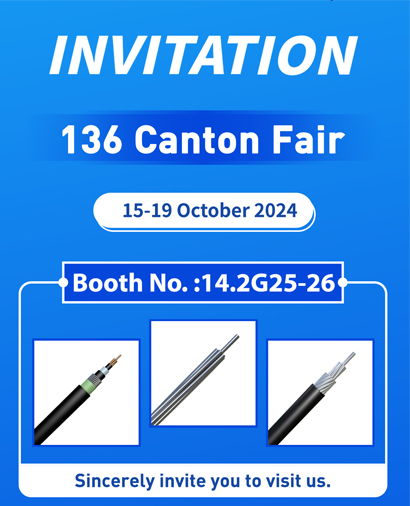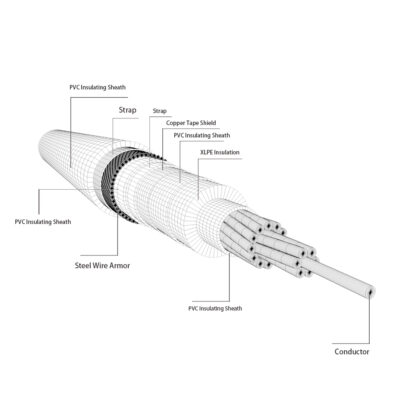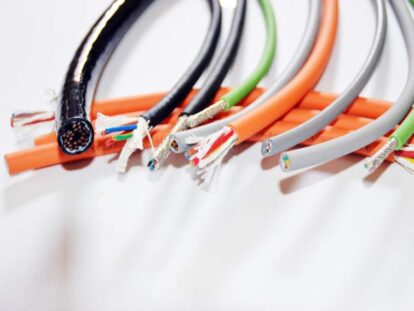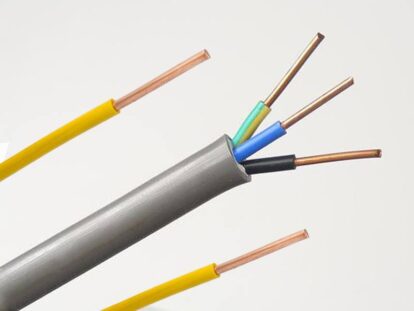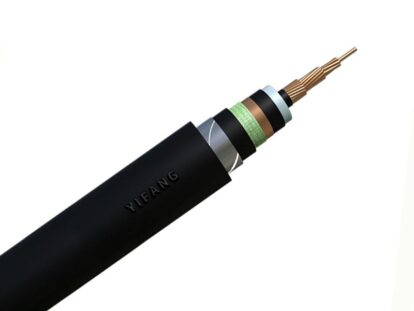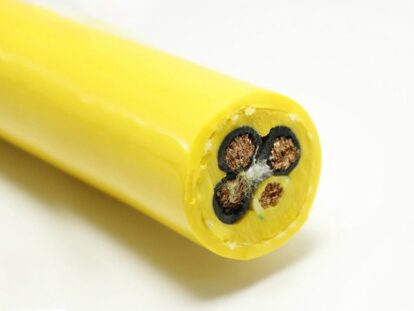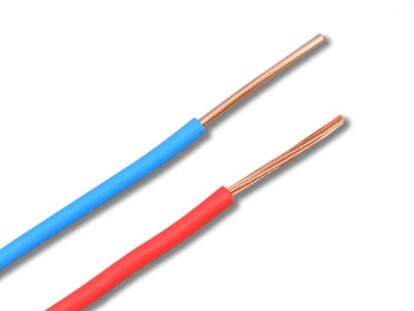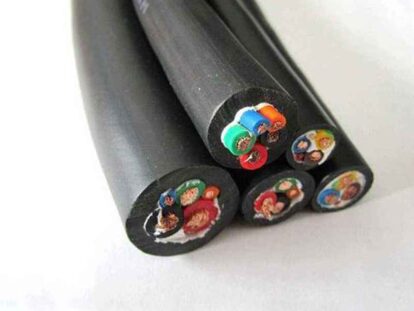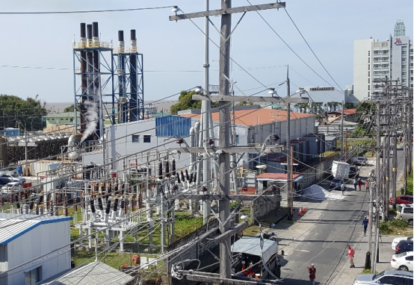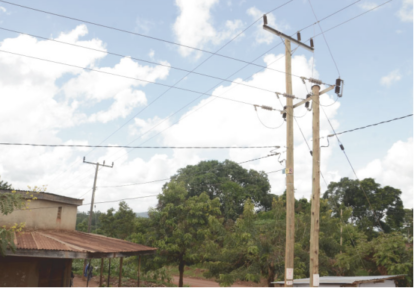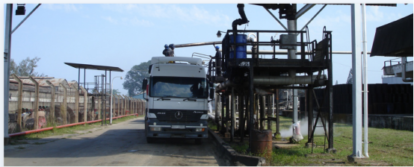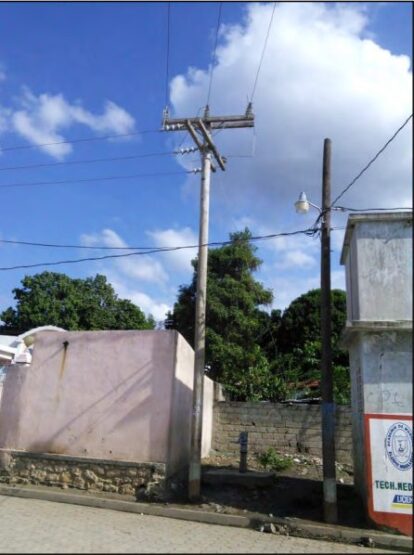The conductors of wires are usually divided into four types: bare copper, tinned copper, nickel-plated copper, and silver-plated copper. So what will the different performances of the wires be caused by the differences in these four conductors?
Bare copper
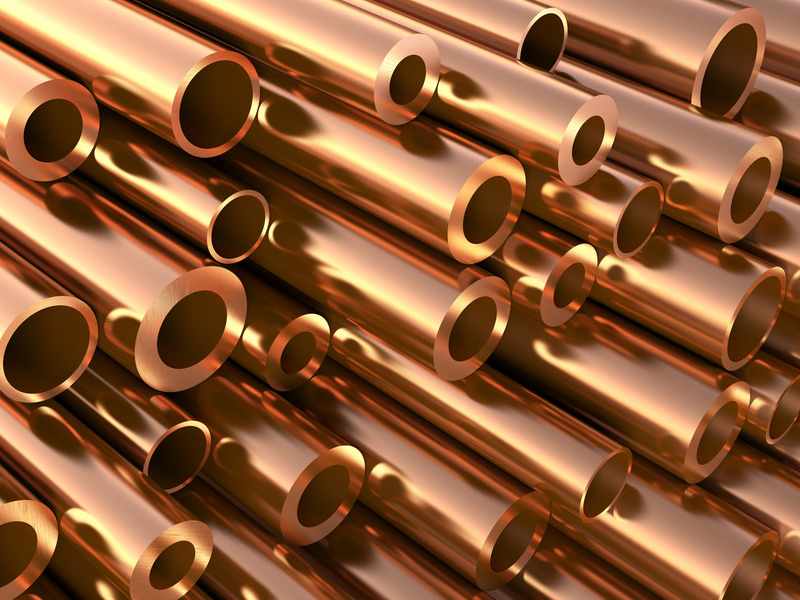
Bare copper refers to a pure copper conductor in the industry, that is, the copper surface is not subjected to any plating treatment. Under normal circumstances, the copper content of oxygen-free copper is >99.97%, and the copper content of low-oxygen copper is >99.95%.
Bare copper wire is a common wire for processing pure copper conductors. The conductive wire is strong and the signal transmission stability is very strong. Bare copper shielding is the best conductor except gold shielding. The price is cheap, easy to oxidize, it is better to tin, and the price is relatively cheap.
Tinned copper
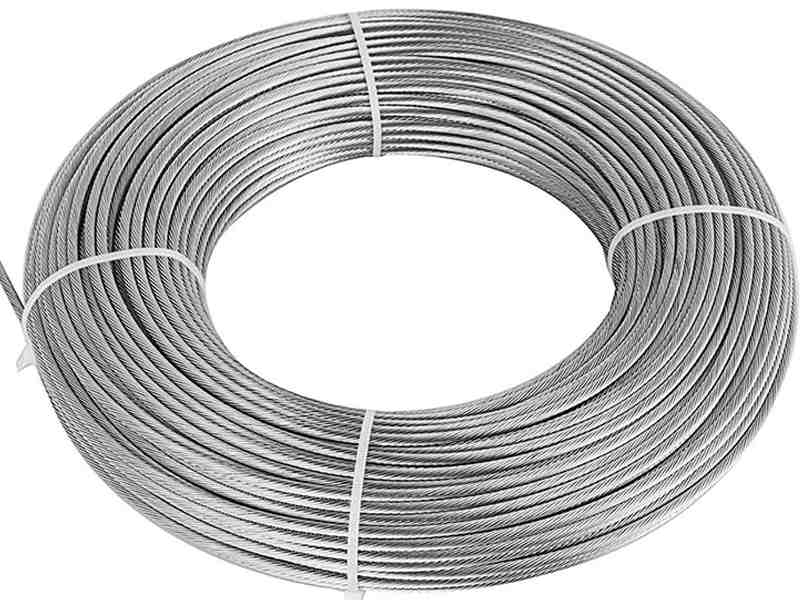
Tin-plated copper refers to copper coated with a layer of metal tin on the surface. Tin plating prevents the copper from being oxidized when exposed to air to form a film called a patina, whose conductivity increases electrical resistance. Although tin is not an inert metal and its properties are more active than copper, tin is very stable in the air at room temperature, because a tight oxide film will form on the surface of tin to prevent tin from continuing to oxidize. Therefore, tin plating on the copper surface can improve the oxidation resistance of copper to a certain extent.
Tinned copper has good stability, conductivity, wear resistance, corrosion resistance and electromagnetic shielding, and has a good application prospect. It is good for tinning and the price is relatively cheap, but its temperature resistance is average, usually only up to 150°C, and can reach 200°C when the conductor diameter is greater than 0.38.
Nickel-plated copper
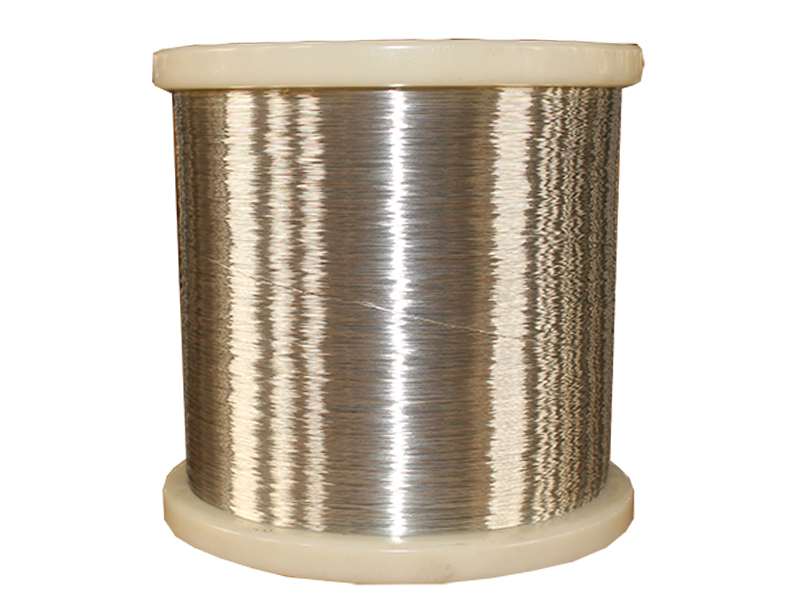
The nickel plating layer has high stability in the air. Due to the strong passivation ability of metal nickel, a very thin passivation film can be quickly formed on the surface, which can resist the corrosion of the atmosphere, alkali and some acids, and The hardness of the nickel plating layer is relatively high, which can improve the wear resistance of the product surface.
Nickel-plated copper wire on the parts can be used. The parts have excellent wear resistance, corrosion resistance, weldability and high hardness, etc., which meet the use requirements of the parts and improve the service life of the parts.
The temperature resistance is also the best, it can reach 250°C, but it is not easy to tin, the price is more expensive, and the conductivity is poor.
Silver-plated copper
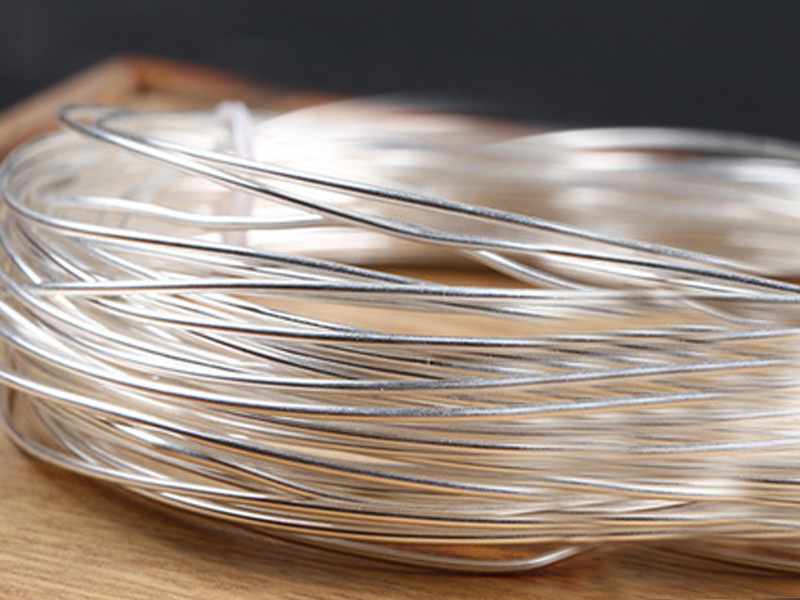
Silver-plated copper wire is a layer of silver plated on the surface of the copper wire. The silver-plated layer is easy to polish, has strong reflective ability and good thermal conductivity, electrical conductivity, and welding performance, and the silver layer has high corrosion resistance.
Among bare copper, tin-plated copper, and nickel-plated copper, the price is the highest, and it has good oxidation resistance and tinning. Although the temperature resistance is not as good as that of nickel-plated copper, it has the best conductor performance (especially high frequency).
Comparison of 4 Conductor Properties
| Bare copper | Tinned copper | Nickel-plated copper | Silver plated copper | |
| Antioxidant capacity | Easy to oxidize | Good | Good | Good |
| Price | Cheaper | Cheaper | More expensive | Most expensive |
| High temperature resistance | Good | Good | Best | Better |


